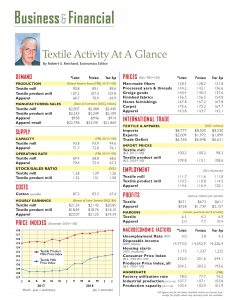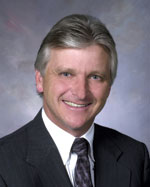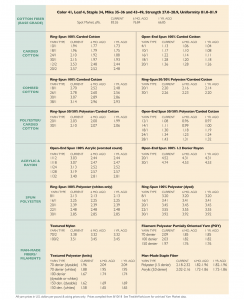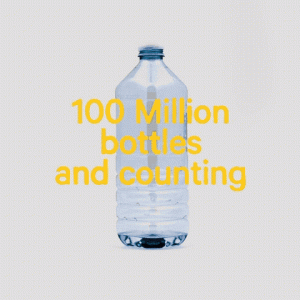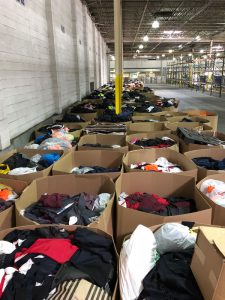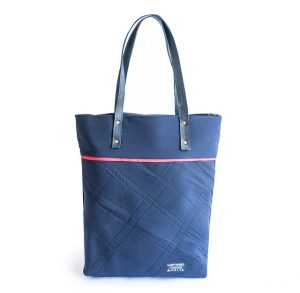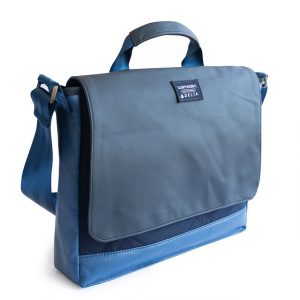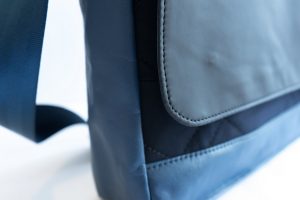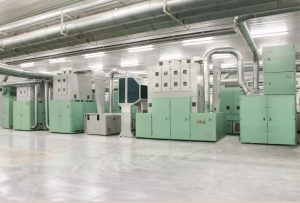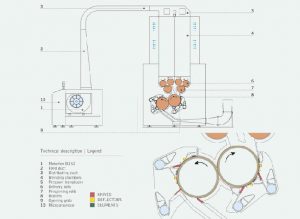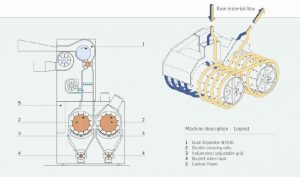MENLO PARK, Calif. — August 16, 2018 — Today the company formerly known as Superflex announced it has rebranded as Seismic and acquired the intellectual property (IP) of Lumo Bodytech, a motion science company known for its posture-correcting and fitness devices. Lumo’s legacy products include the Lumo Lift Posture Coach and Lumo Run Running Coach, both designed to track body posture and form to improve everyday movement. The acquisition of Lumo Bodytech IP strategically enhances Seismic’s suit control algorithms with extensive body posture and activity data. Additionally, key members from Lumo’s machine learning and algorithm team will be able to continue their groundbreaking work in motion science as the newest members of the Seismic team.
“Our machine-learning and data science work has already surfaced some very key insights on how people move their bodies in everyday activities like sitting, standing and walking,” said Seismic CEO and Founder Rich Mahoney. “Lumo’s IP will strengthen our existing capability to create a symbiotic user experience through data on the quality of movement. We are thrilled to welcome the Lumo team onboard as we prepare to go to market.”
Seismic’s rebrand marks the evolution of its powered clothing platform, which has relevant applications to several market categories – including wellness, personal technology, fashion and lifestyle – with the aim of delivering intelligent wearable strength to anyone who wants a physical advantage in their personal daily lives. Along with Seismic’s new company name, the rebrand also includes a new logo, website and mobile experience.
Seismic’s apparel integrates discreet robotics to create connected powered clothing that augments human strength in daily activities. Worn comfortably as a base layer under clothing, Seismic’s suit mimics the biomechanics of the human body to give people intelligent wearable strength when they need it most. Reacting to the body’s natural movements, the suit will provide “power assist” to complement one’s strength during the act of standing up, sitting down or extended standing. Seismic’s component technologies were originally developed at SRI International for a DARPA-funded program to reduce injury risk and enhance soldier endurance. Recognizing its profound application beyond the military, Seismic spun out of the robotics program at SRI to expand powered clothing for a wider range of applications.
Most recently, the World Economic Forum named Seismic a 2018 Technology Pioneer in recognition of the company’s design, development and deployment of potentially world-changing innovation and technology. As a member of the WEF Technology Pioneer community, Seismic will be incorporated into the Forum’s initiatives, activities and events; supported by the Centre of Innovation and Entrepreneurship; and invited to bring cutting-edge insights and novel perspectives to world-critical discussions.
Seismic is scheduled to unveil its new company vision and latest prototype at next month’s technology conference TechCrunch Disrupt during a fireside chat between Mahoney and Brian Heater, TechCrunch hardware editor. Mahoney will reveal Seismic’s latest apparel design on stage in front of a live audience on Thurs., Sept. 6 at 1 p.m. PDT at Moscone West in San Francisco.
Posted August 16, 2018
Source: Seismic

